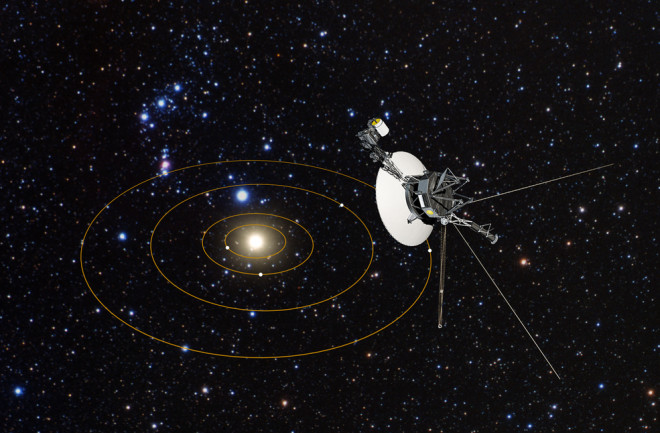For millennia, humans have gazed up at the stars and wondered what it would be like to journey to them. And while sending astronauts beyond the solar system remains a distant dream, humanity has already launched five robotic probes that are on paths to interstellar space.
Each of these craft was primarily designed to explore worlds in the outer solar system. But when they finished their jobs, their momentum continued to carry them farther from the Sun. Astronomers knew their ultimate fate was to live among the distant stars. And that’s why all but one of these spacecraft carries a message for any extraterrestrial intelligence that might find it along the way.

